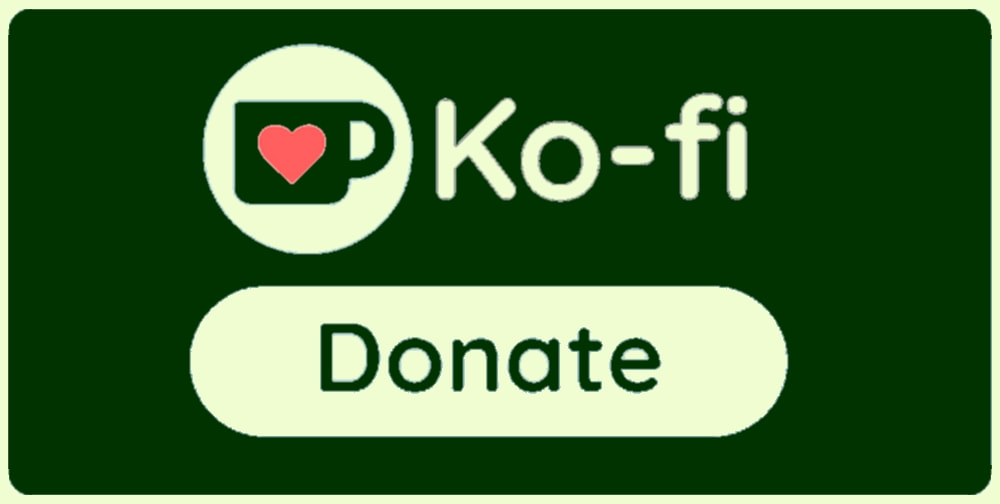The history and mystery of hedgerows
As the neolithic gave way to the bronze age, farming practices became more elaborate and settlements more permanent, and hedges began to be planted to contain livestock as well as to mark boundaries. By the 12th century the enclosure of land was becoming increasingly formal and legalistic, a process which expanded slowly for centuries, and then with much greater force and speed from the mid-18th until the mid-19th century. More and more, hedges were about keeping people and their livestock out, rather than just keeping animals in.
Many of the old hedges we see today are remnants of these periods of land enclosure. Many miles of hedges have since been removed to make way for agricultural changes and urban development,but happily, many miles remain, thanks to land owners who saw no reason to get rid of a good thing – and hedges are a very good thing. Where a post and wire fence may control livestock, it doesn't provide a windbreak for them to shelter behind – nor a habitat for birds and small animals, nor shade, berries, flowers and of course oxygen. While doing their work of separation for the common good, hedges truly support us all in many tangible ways.
A separation of territory or ideas that works for the common good.
A shelter for those in need.

When I lived in Scotland I often enjoyed the bounty of the hedgerows, particularly at bramble picking time. It also gave me elder flowers and berries, hawthorn leaves, rose hips and a few raspberries if I was lucky. The lanes around East Lothian, where I rode my ponies, were lined with hedges, which offered the ponies a chance to select plants as they felt attracted to them. Animals can be very wise about what herbs they need to keep themselves in balance, if they are allowed access to a wide variety. Animals kept in hedged fields also have an increased choice of healthy nibbles.
Hedges that haven't been trimmed for awhile usually yield the best harvest of berries, and so as I picked brambles I was often facing a wall of greenery, fruit and thorns. As I became absorbed in my search, I could have been anywhere, or in any time. It was a meditative task, and one that easily slipped over into the liminal space of edges, for being so absorbed in the hedge/edge I could easily forget the lane at my back and the stubble field in front of me, as the hedge-world became all.
Hedges can serve as a sort of portal in time (at least of the imagination). Not only is the act of harvesting fruit or medicine plants a timeless act, but the hedge, with its history of increasingly enclosing and excluding us throughout history, perhaps represents a distantly remembered longing to go back to a greater freedom to roam, to be allowed in to remembered places now forbidden. Yet, at the same time, we reap this bounty because of its existence.
Click here to visit my Patreon page.

Go Deeper oracle reading by email.
More information about my readings at this link.

 RSS Feed
RSS Feed




